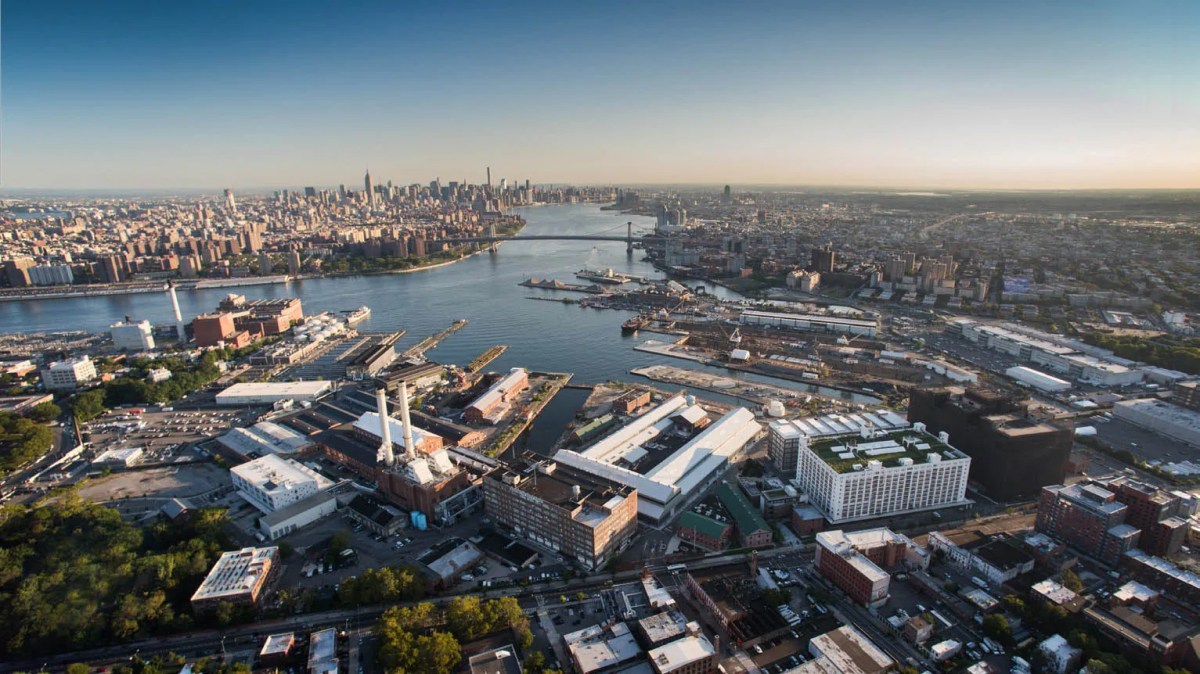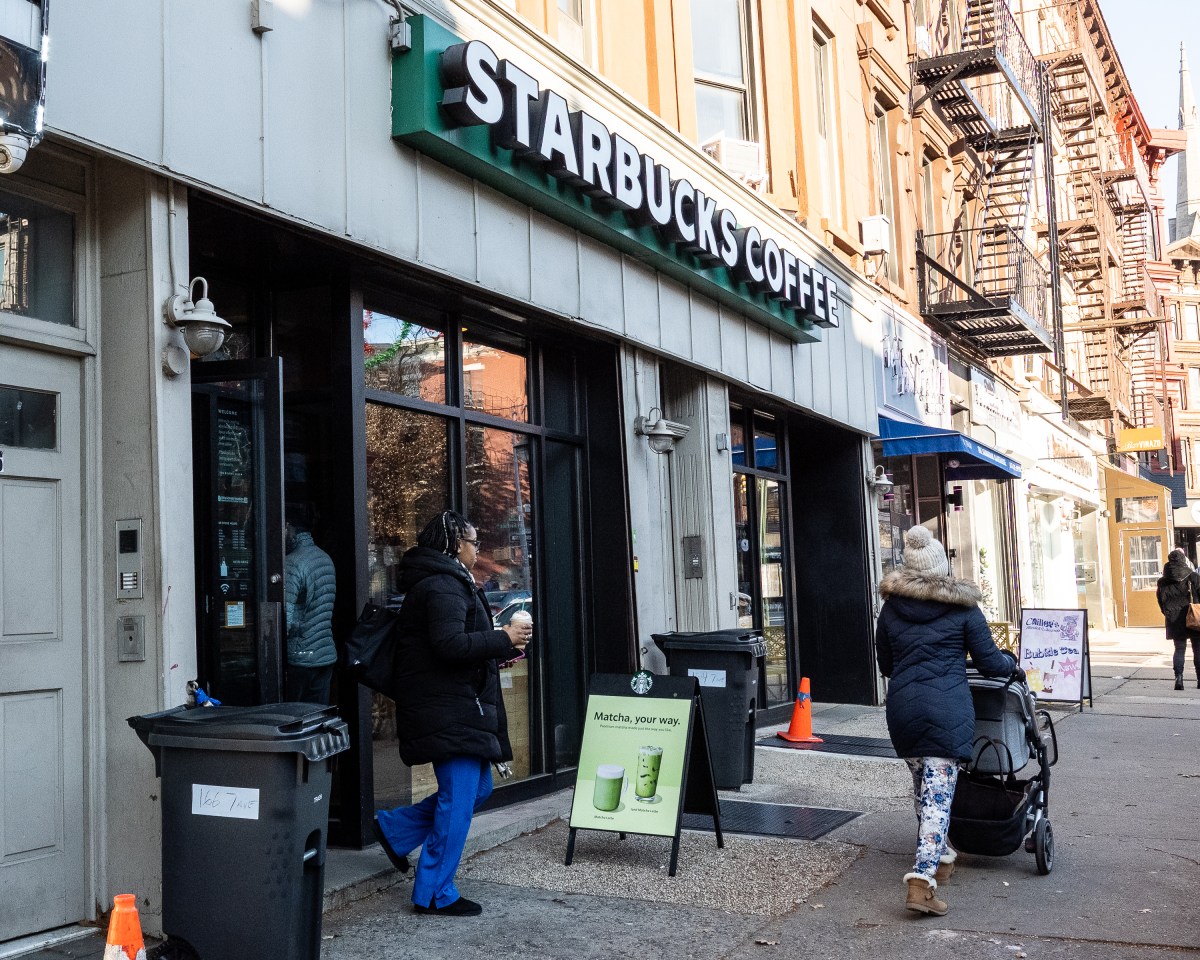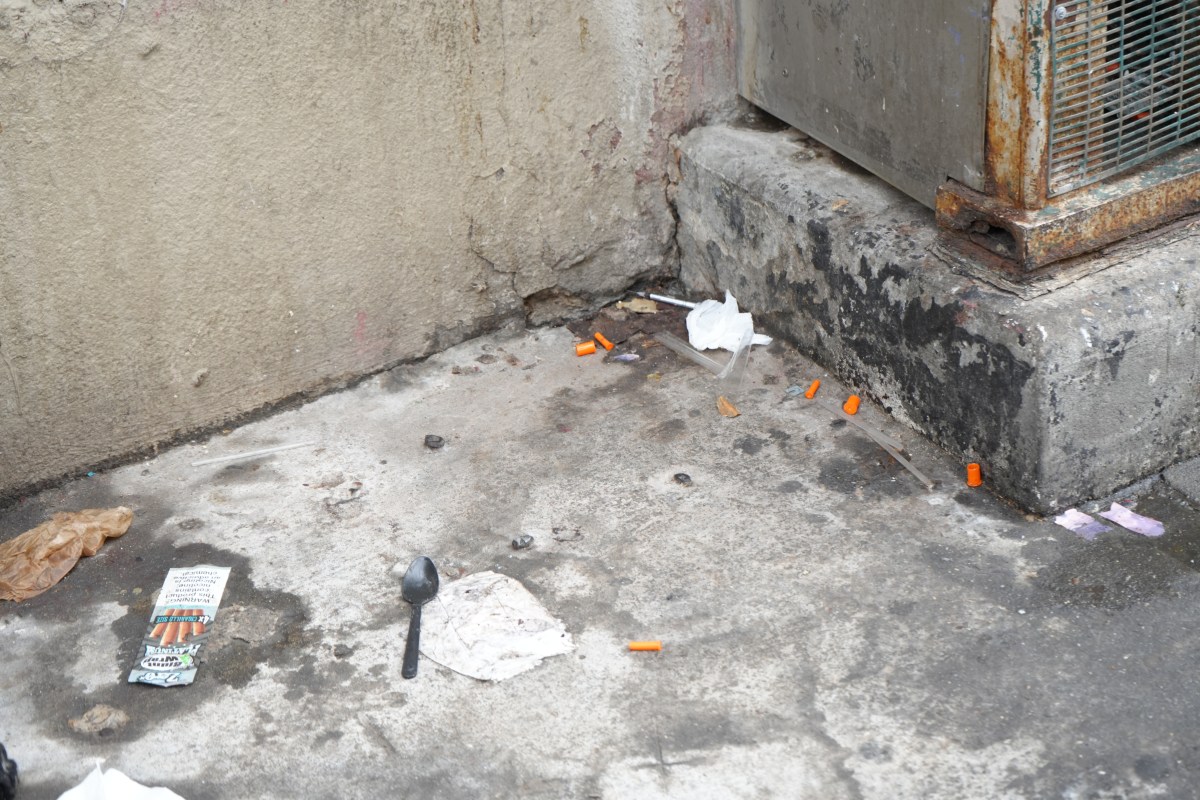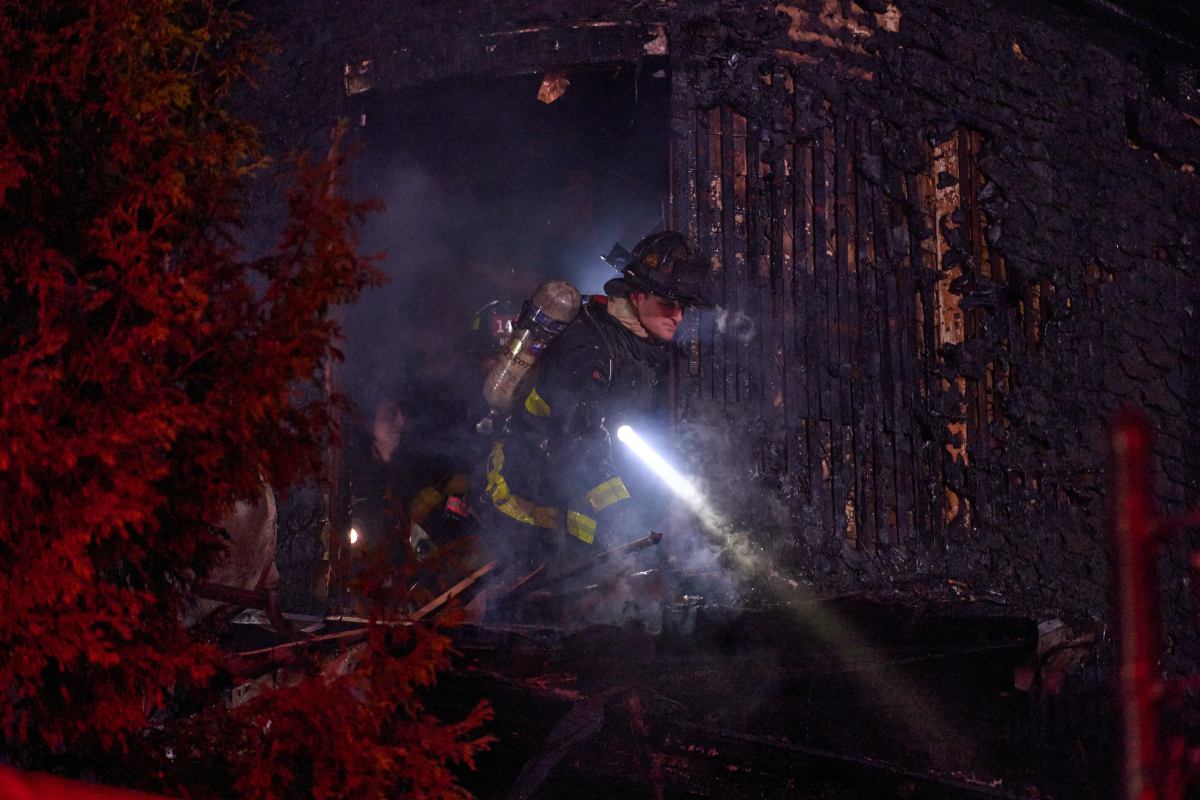After decades of debate and advocacy, the fate of the MTA’s proposed Central Business District Tolling Program – commonly known as congestion pricing – faces one final barrier to approval from the Federal Highway Administration (FHWA) as soon as this week.
As the Council Member who represents a district adjacent to the Manhattan Central Business District (CBD) and the leader of the neighborhood civic association in Brooklyn Heights, we strongly urge the federal government to approve congestion pricing so the MTA can finally get to work on implementing this painfully long-awaited plan.
Although it is outside of the Manhattan Central Business District (CBD), Brooklyn Heights is directly impacted by the proposed congestion pricing plan. Congestion pricing will reduce through-traffic in our neighborhood, improve air quality and quality of life for residents, and allow for substantial investments in a public transportation system that all New Yorkers rely on.
We are fortunate to be one of the most transit rich neighborhoods in New York City with the 2, 3, 4, 5, A, C and R trains all passing through our community and many of Brooklyn’s bus lines concluding in nearby Downtown Brooklyn. The stability and ongoing maintenance of our mass transit system, the very lifeblood of our City, urgently needs the revenue from congestion pricing in light of pandemic declines in ridership.
Most New Yorkers are well versed in how congestion pricing will benefit our environment, our neighborhood quality life, and our mass transit system – but one aspect that is often overlooked is the impact on the future of the rapidly deteriorating Brooklyn Queens Expressway.
Further delays on the implementation of congestion pricing would have devastating impacts on the 1.5 mile “triple cantilever” in Brooklyn Heights, which will reach the end of its useful life in only a few years. In order to preserve the cantevelier long enough for alternative infrastructure to be designed and built, the City of New York rightly reduced traffic from three lanes to two lanes in each direction This policy was put in place with the anticipated implementation of congestion pricing, which would generate an estimated 15% reduction in BQE traffic. First built in the mid-1940s, this corridor carries far more vehicles than was ever intended, at present more than 130,000 vehicles daily, including 13,000 trucks, many of which are overweight.
While the lane reduction has significantly reduced traffic accidents in a previously very dangerous stretch of the corridor, it has also resulted in longer travel times on the BQE. There is no certainty it will remain in place if congestion pricing stalls indefinitely.
The Mayor appears committed to pursuing a multi-billion dollar construction project to fix the BQE Triple Cantilever, but this project will be dramatically more expensive and complicated if three lanes of traffic need to be restored in each direction instead of two.
Instead of spending billions of dollars on BQE repairs that sustain car culture and preserve a Robert Moses-era relic that divides and pollutes so many communities, New York City must prioritize investments that reduce our dependence on cars and trucks, the second largest source of carbon emissions in New York City. While moving ahead with congestion pricing is undoubtedly the best option for the region, we also support continued efforts to ensure no communities face adverse health impacts from this change, such as the South Bronx. Congestion pricing, tiered tolling that diverts trucks passing through urban areas, and expanded rail and waterway freight infrastructure represent the kind of bold action that is vital to tackling climate change and improving the health and air quality of our communities.
We strongly urge the Federal Highway Administration to approve the congestion pricing plan immediately, so that our communities can finally reap the myriad benefits.
Lincoln Restler is a New York City Councilmember representing District 33. Lara Birnback is the Executive Director of Brooklyn Heights Association.




































